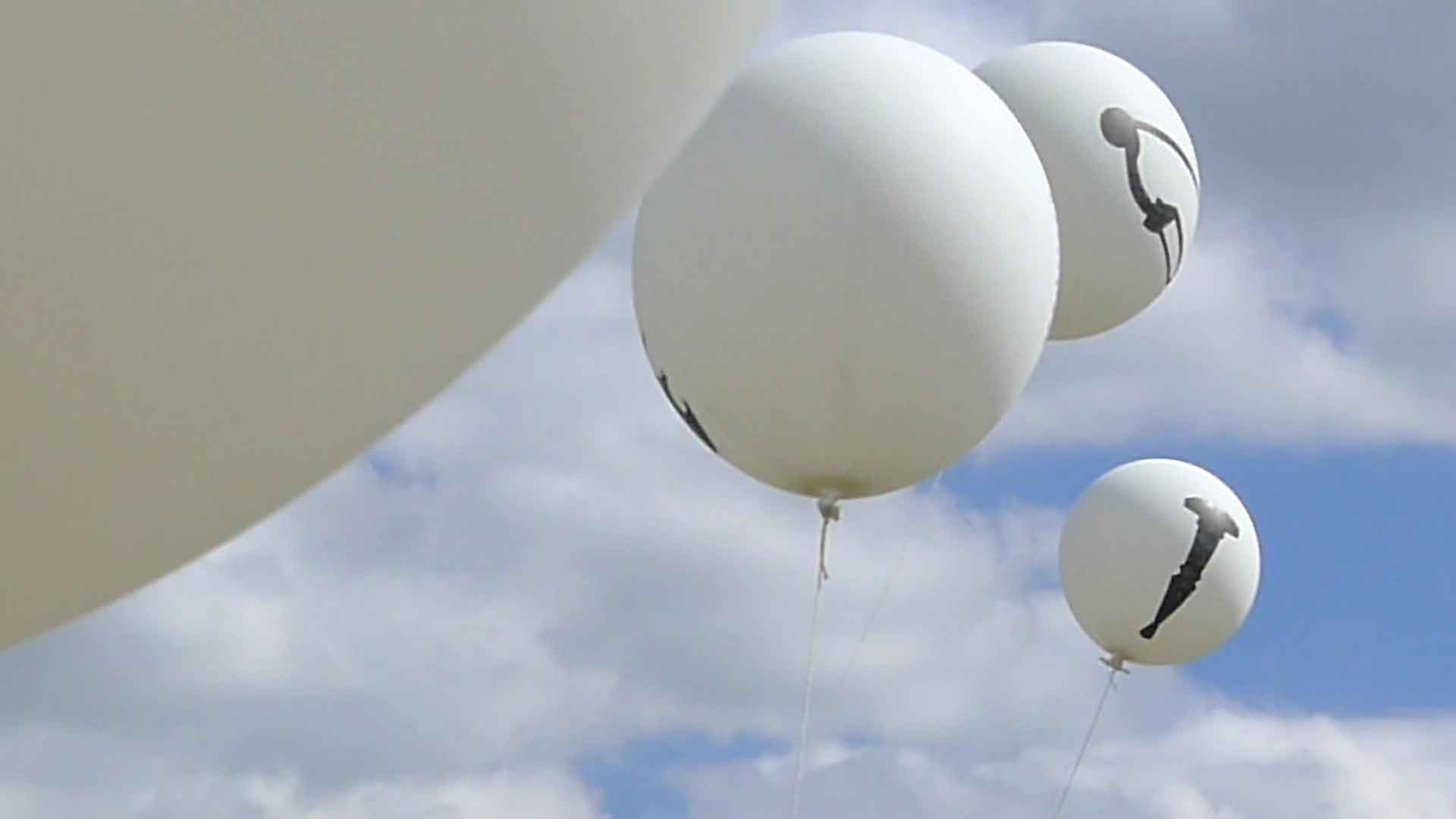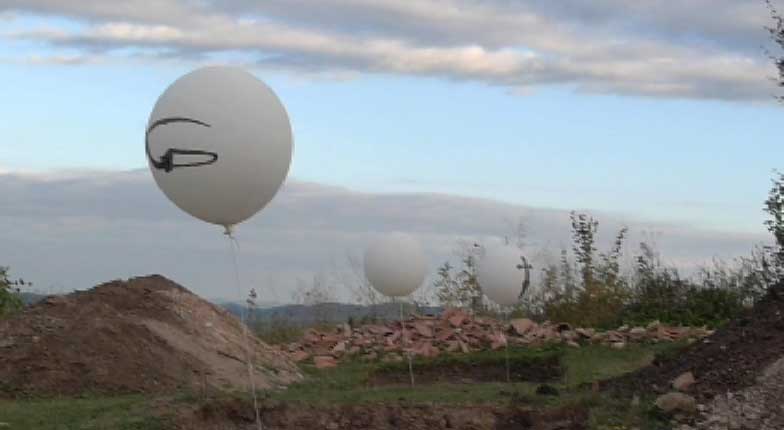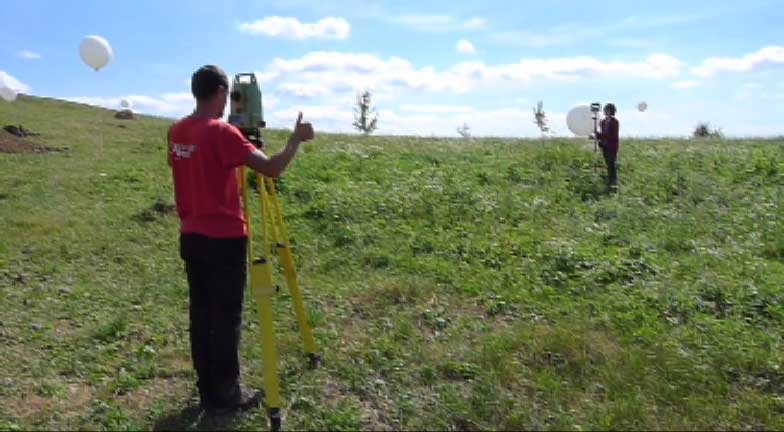


FIBULA BUOY
Video, DVD, Zalau, Romania, 2012
An
installation of white ballons with black signs of brooch and texts. Brooch is
a kind of neddle
and
in a way a poisen for ballons. At this roman archaeological area in Zalau would
be found
brooch
too. So this art “buoy” in form of ballons will show some points
of
locations where this brooch would be or could be found.



White ballons, ø 80cm (archaeologists: Momica Gui, Vlad-Andrei Lazarescu)



A fibula is
an ancient brooch. Technically, the Latin term fibulae refers specifically to
Roman
brooches, however, the term is widely used to refer to brooches from the
entire ancient and
early medieval world that continue Roman forms. Unlike most modern brooches,
fibulae were
not only decorative, they originally served a practical function: to fasten
clothes, including
cloaks. Fibulae replaced straight pins that were used to fasten clothing
in the Neolithic period
and Bronze Age. In turn, fibulae were replaced as clothing fasteners in
the Middle Ages by
buttons. Their descendant, the modern safety-pin, remains in use today.
In ancient Rome
and other places where Latin was used, the same word denoted both a brooch
and the fibula
bone because a popular form for brooches and the shape of the bone were
thought to
resemble one another.
There are hundreds of different types and variations of fibulae. They are usually
divided into
families or groups based on historical period, geography and/or cultural
grouping. Fibulae are
also divided into classes based on their general forms. (Wikipedia)